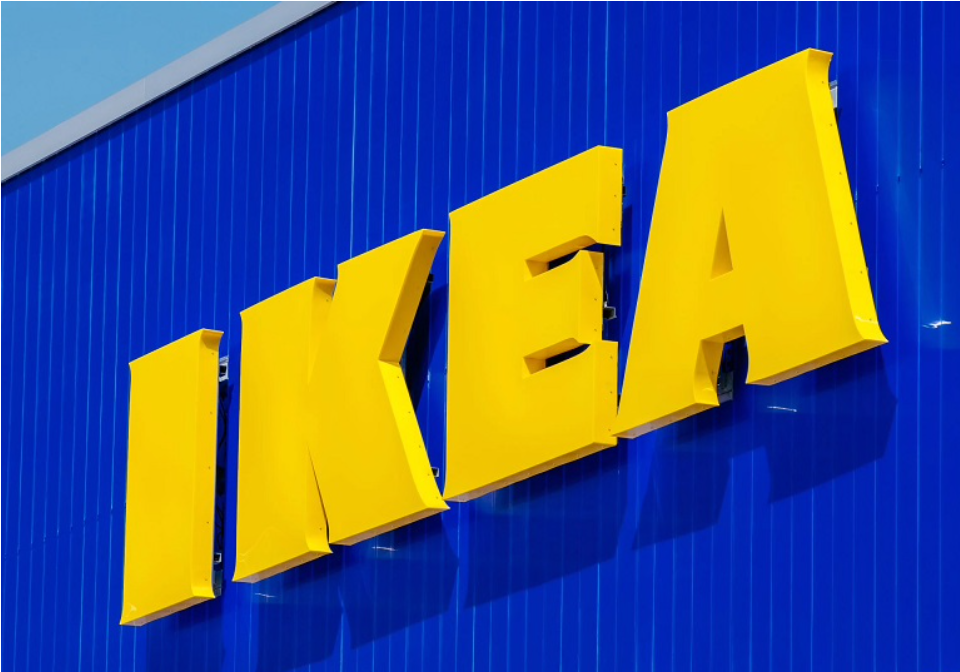Bio-based glue cuts IKEA climate footprint
IKEA uses wood more than any other material, most of which is composite that is held together by glue, which like all materials has an impact on climate change. The glue used globally is synthetic, produced from fossil raw materials, and almost universally used.

The most significant impact on its climate footprint comes from materials used in production. One key impact area is the use of fossil-based glue in manufacturing boards produced by bonding wood particles that contributes to 5% of its total green-house gas emissions. The company is now introducing a new, bio-based glue that can help reduce the climate footprint. The research that went into finding a sustainable, eco-friendly alternative was driven by Ms Venla Hemmilä, Material & Technology Engineer for Adhesives, and Mr Andreas Rangel Ahrens, Head of Climate at IKEA. Today, almost 90% of the glue used by the company goes into making particle boards and fiber boards, which are then used to create iconic products like Pax, Metod, Billy, Kallax and Hemnes. To limit the impact, the company is exploring scalable bio-based alternatives with a lower climate footprint. The new bio-based glue increases the sustainability profile of board products. Most particleboards and fibreboards consist of 90% wood, with the remaining 10% being the glue that holds the particles together. IKEA aims to reduce the climate footprint of glues by 30% by 2030 by converting to better alternatives.

